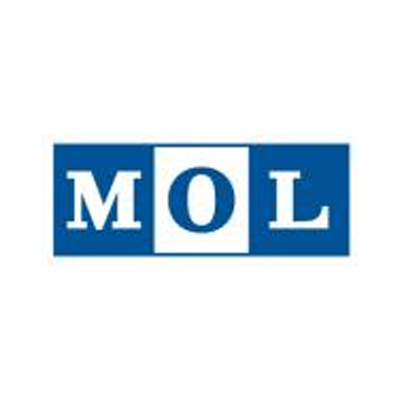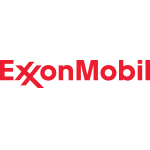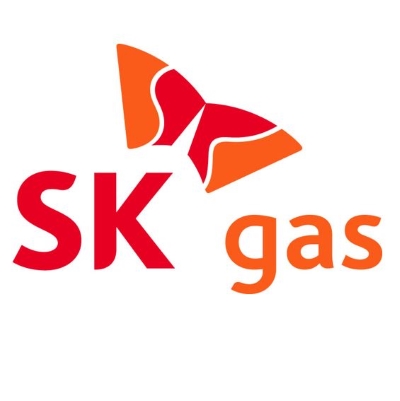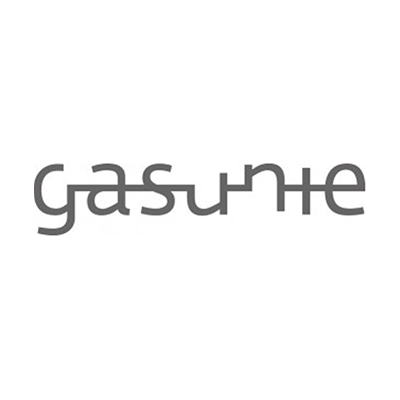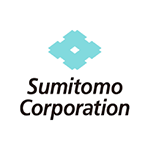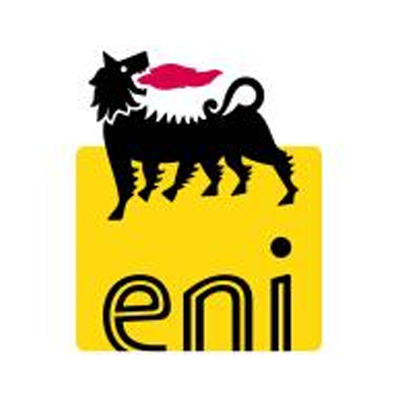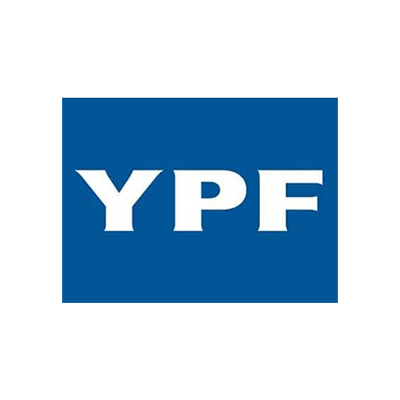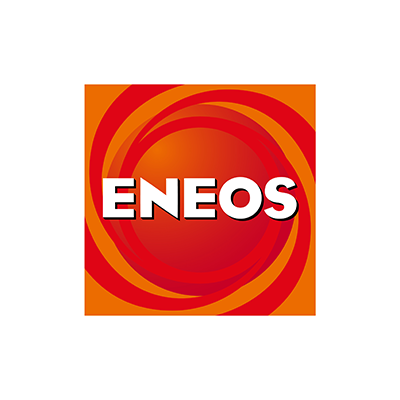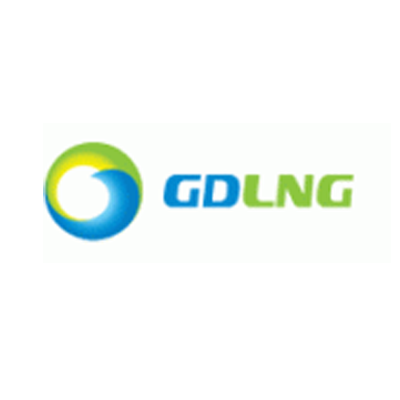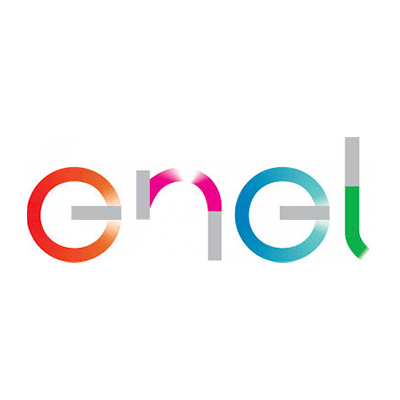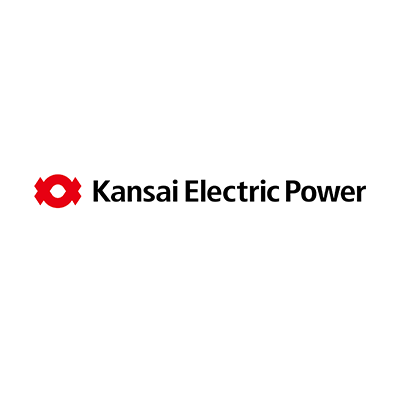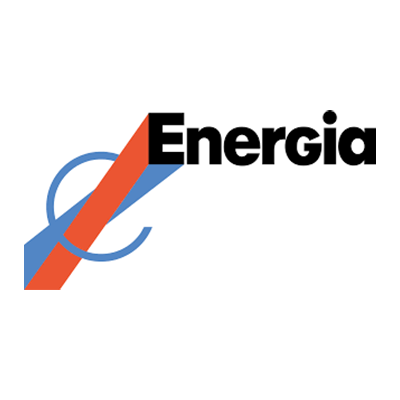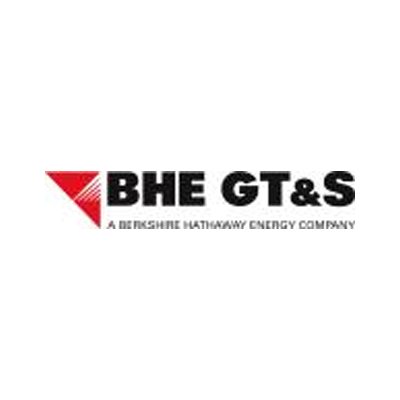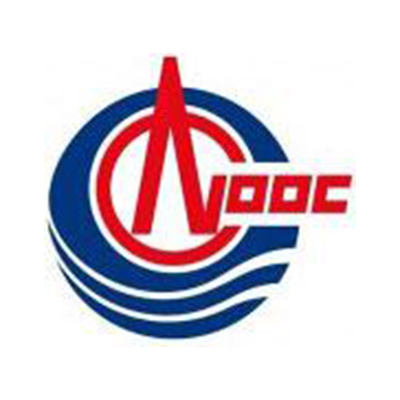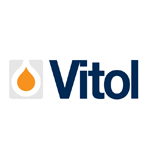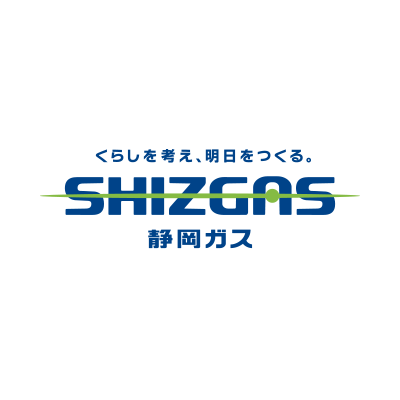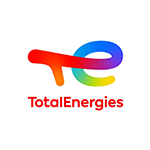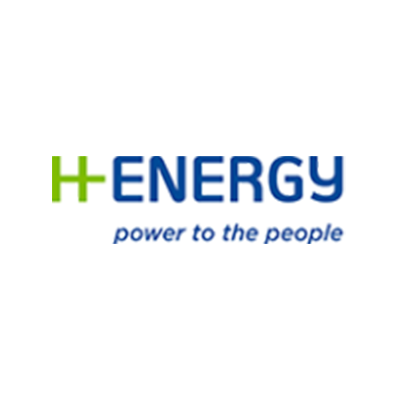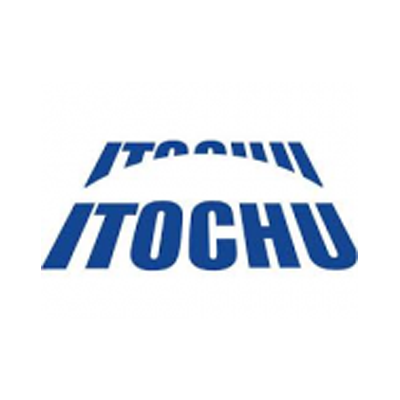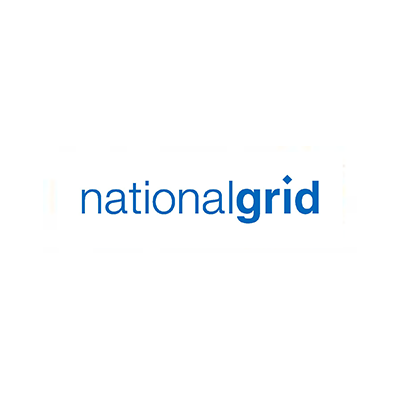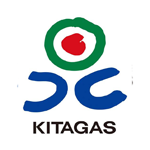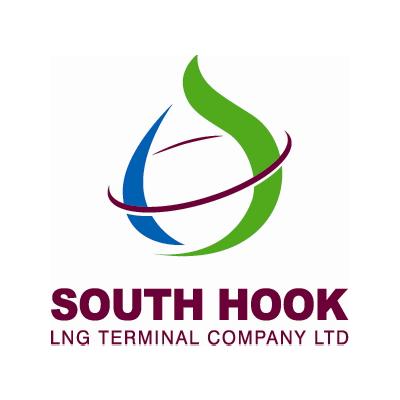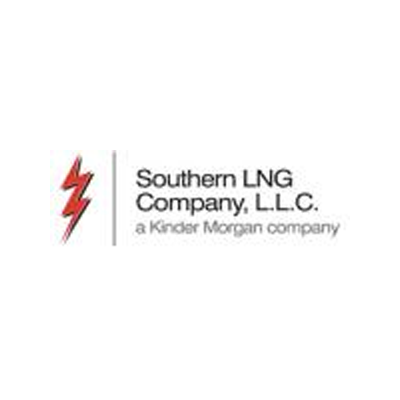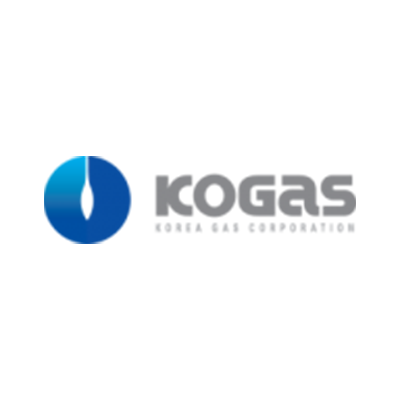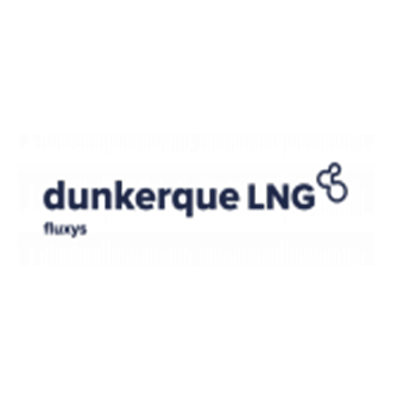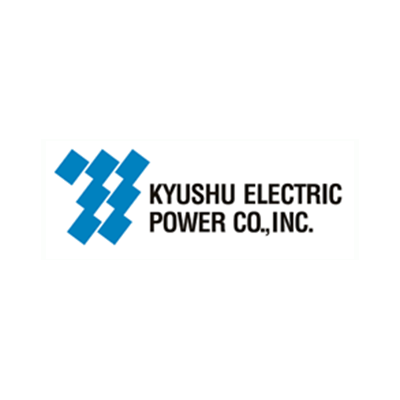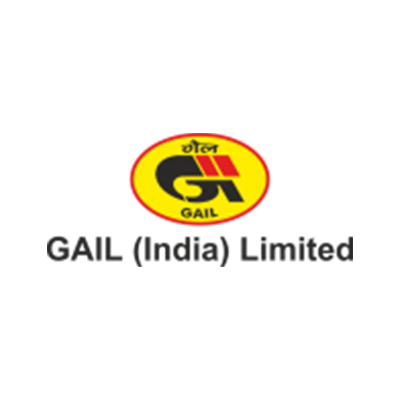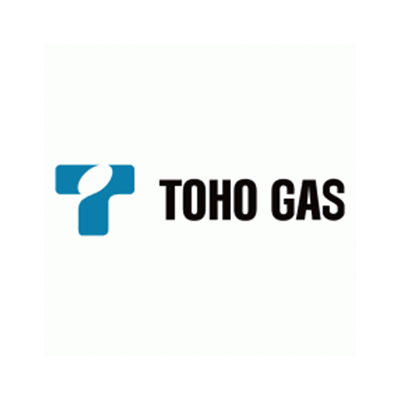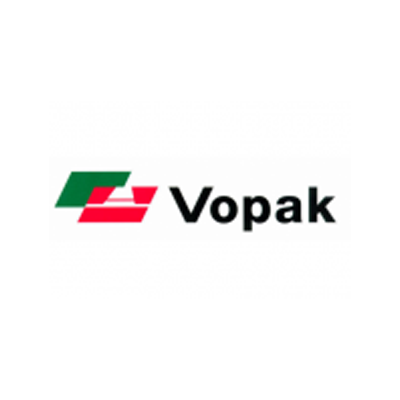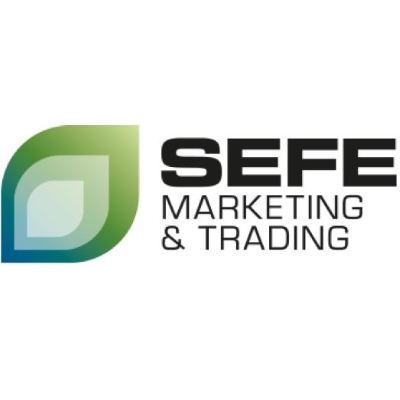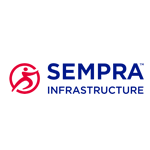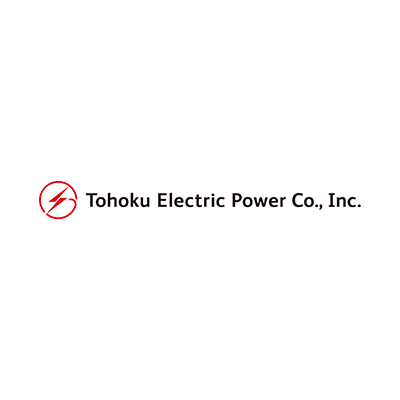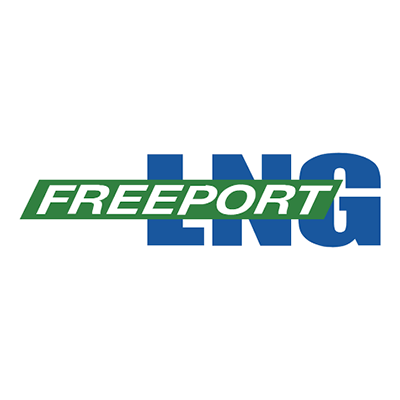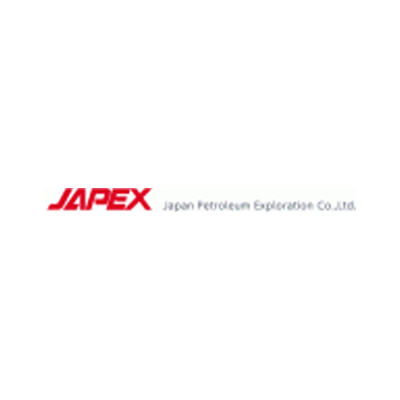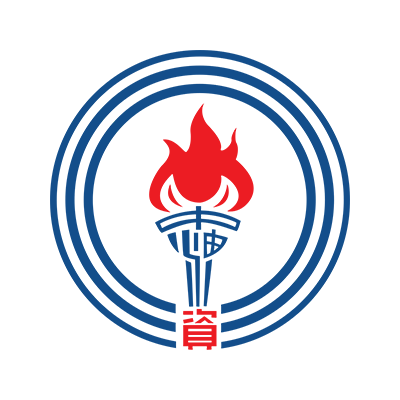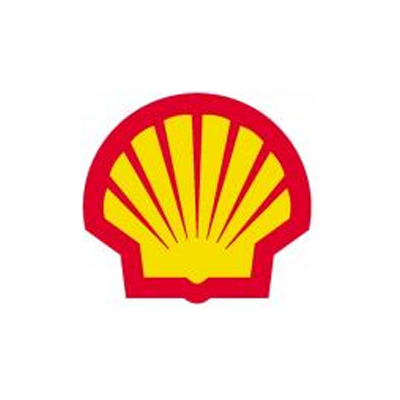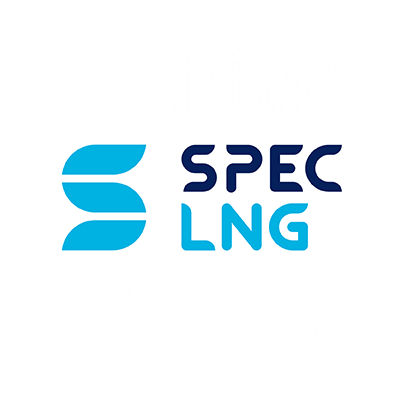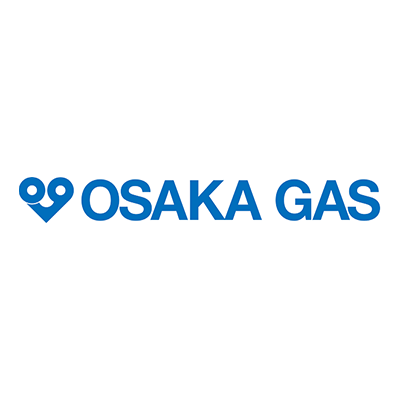Driving transparency on emissions and
GHG Offsetting of LNG cargoes
The Framework has been designed to:
- Provide a common source of best practice principles in the monitoring, reporting, reduction, offsetting and verification, of GHG emissions associated with a delivered cargo of LNG
- Promote the commitment to, and disclosure of, verified emissions based on consistent GHG accounting criteria and definitions from all relevant stages included in the reporting boundary, thereby facilitating the calculation of a Cargo GHG Footprint that genuinely reflects its climate impact
- Promote a consistent approach to declarations related to emission reduction actions and carbon offsets that are associated with an LNG cargo
- Position emission reduction action with the use of offsets to compensate for residual emissions that cannot be reduced
- Promote full accounting for methane emissions as well as carbon dioxide and other applicable GHGs
Organisations operating across all stages of the LNG value chain may use the Framework as a guide to reporting the GHG Footprint associated with a delivered Cargo or an individual stage and making declarations relating to emission reductions, offsetting or GHG neutrality
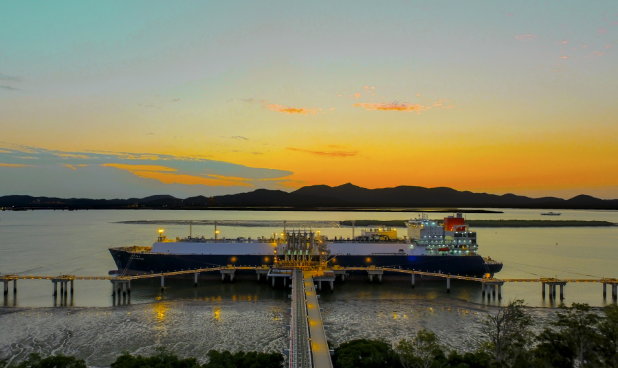
Declaration Pathways
The Framework supports a number of declarations to accommodate the various levels of readiness and commercial expectations within the LNG sector.
These declarations include:

Stage Statement
A verified statement of GHG intensity and emissions associated with a specified amount of gas exported from defined life cycle stage(s) within the LNG value chain, that conforms with the GIIGNL Framework criteria and associated GHG Footprint standard.

LNG Cargo GHG Footprint
A verified full or partial life cycle GHG Footprint for an LNG Cargo that conforms with the GIIGNL Framework criteria and defined GHG footprint standard.

GHG Offset LNG Cargo
A verified full or partial life cycle GHG Footprint that has been offset with carbon credits that meets the criteria set out in the Framework.

GHG Offset LNG Cargo with Reduction Plan
A verified full or partial life cycle GHG Footprint that embodies an emission reduction plan. Residual emissions have been offset with carbon credits that meet the criteria set out in the Framework.

GHG Neutral LNG Cargo
A verified full life cycle GHG Footprint that embodies an emission reduction plan and commitment to long-term decarbonisation, has been offset with carbon credits that meet the criteria set out in the Framework and conforms to an internationally accepted carbon neutral standard (PAS 2060:2014 or equivalent).
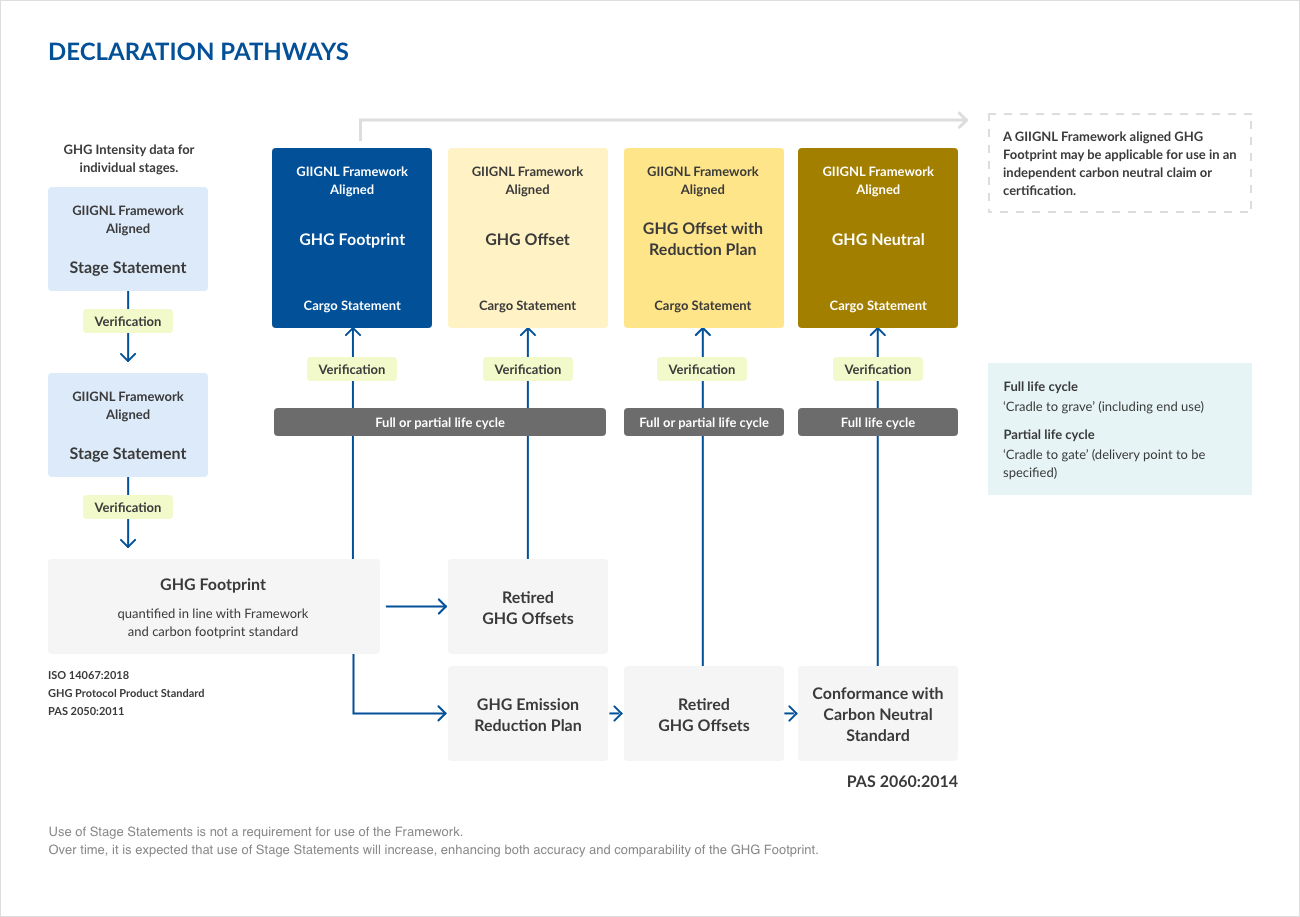
Supported by GIIGNL members
What our members say

Jean Abiteboul, President, GIIGNL
“To fulfil the LNG industry’s critical and unique role in supporting the global economy to transition to net-zero emissions, it is imperative that our sector consistently and collaboratively accounts for emissions across the entire value chain. Alongside reducing and offsetting overall emissions, it is our intention that the Framework assists the industry in demonstrating greater transparency. We encourage the industry to begin using the Framework from now on but we understand that alignment will take time as industry participants build necessary resources and capabilities. We look forward to working with all stakeholders so that the global community has the best chance of reaching net-zero climate goals.”

Steve Hill, Executive Vice President of Shell & Regional Vice President for Americas, GIIGNL
“The Framework provides organisations across the industry with a best-practice approach specifically designed to enhance transparency and accuracy in quantifying, reporting, and offsetting emissions associated with LNG cargoes. We are keen to start the groundwork on applying this framework to deliver a test “GHG neutral” LNG cargo as defined by the Framework.”

Michiaki Hirose, Chairperson of Tokyo Gas & Regional Vice President for Asia, GIIGNL
“While corporate strategies to reach GHG neutrality may differ from one company to another, the industry expects to achieve GHG reductions throughout the LNG value chain.”

Dan Brouillette, President of Sempra Infrastructure and Member of the GIIGNL Executive Committee
“The tools and pathways provided within the Framework will help LNG organisations create clear and reliable GHG emissions reporting that can be independently verified, supporting them to make good on their climate commitments.”

